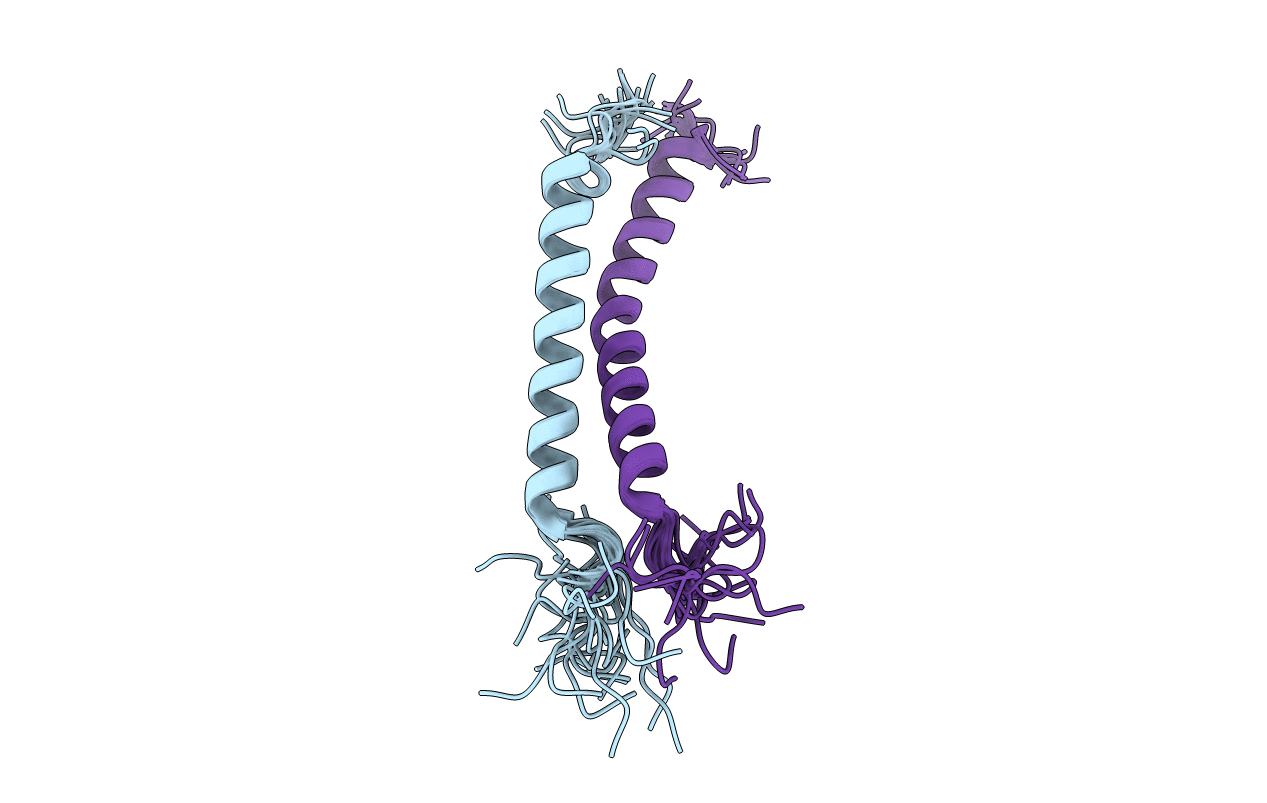
Deposition Date
2015-12-14
Release Date
2016-08-03
Last Version Date
2024-11-06
Entry Detail
PDB ID:
2N9Y
Keywords:
Title:
Structure of the Integrin alphaIIb-beta3(A711P) Transmembrane Complex
Biological Source:
Source Organism:
Homo sapiens (Taxon ID: 9606)
Host Organism:
Method Details:
Experimental Method:
Conformers Calculated:
21
Conformers Submitted:
21
Selection Criteria:
all calculated structures submitted


